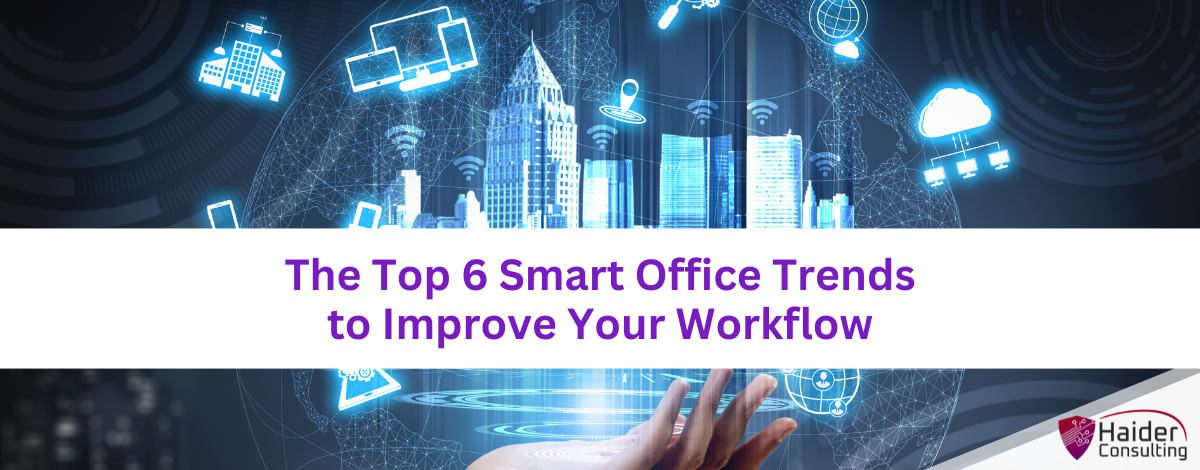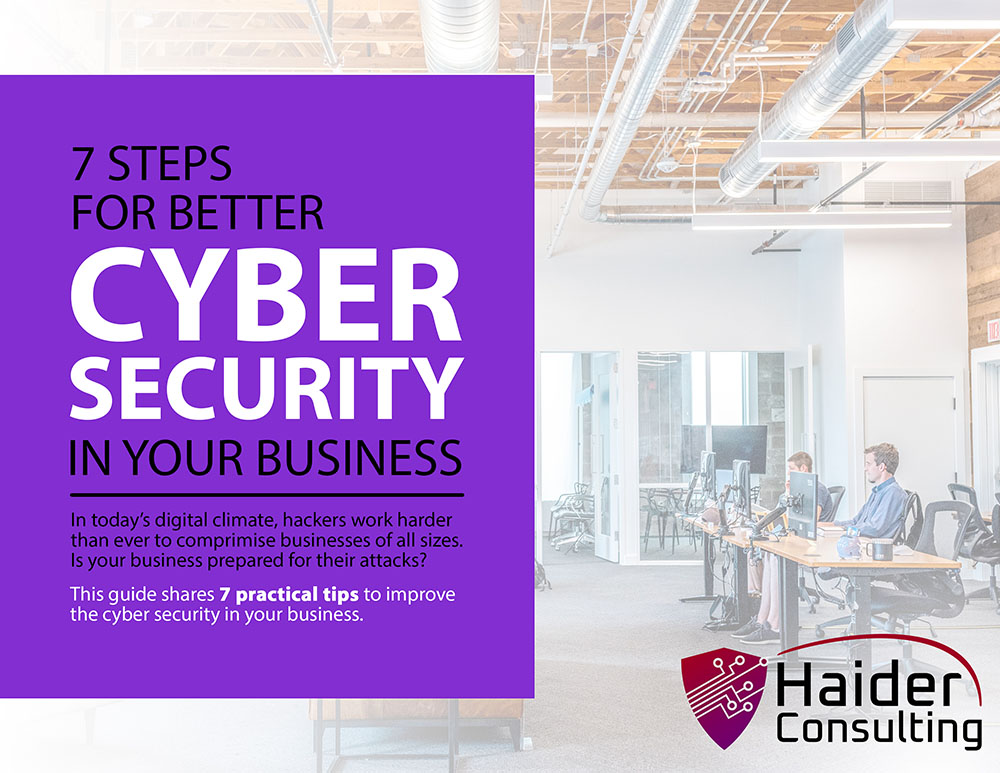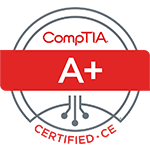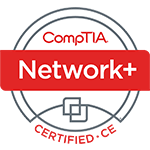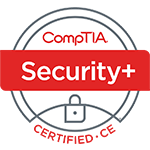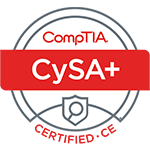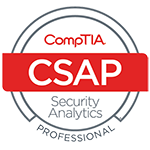The office environment is changing significantly. The old setup of plain cubicles and repetitive tasks is disappearing. Now, smart offices are becoming centers of innovation. They aim to boost employee efficiency, improve how we work, and enhance teamwork.
This change is fueled by technology that blends into the office environment smoothly. With a wide range of options out there, it might be hard to know where to start.
Here are the top six smart office trends to consider. They can enhance productivity and make employees happier.
1. Internet of Things (IoT) Devices
Connected Office Equipment
IoT devices are changing the way we work by connecting office equipment. This connection allows devices to communicate and work more efficiently. For example, smart printers notify you when they need more paper or toner, and smart coffee machines can have a fresh brew ready when you arrive. These devices automate routine tasks, saving time and reducing workplace stress.
Smart Lighting and Climate Control
Smart lighting and climate control systems adjust based on who is in the office and the time of day. They use sensors to check the environment and change settings to ensure it’s comfortable, which helps save on energy costs. A well-lit, pleasant workspace boosts employee productivity, and automating these settings helps the office run better.
Enhanced Physical Security
IoT devices also improve physical aspects of office security. Smart locks and cameras allow for real-time monitoring and remote access control. You can unlock doors from afar or get alerts about unusual activities, ensuring that your office is safe and secure.
2. Artificial Intelligence (AI) and Machine Learning
Personalized Workspaces
AI can tailor workspaces to individual preferences, adjusting everything from desk height to lighting and digital layouts. This personalization makes employees more comfortable and boosts their productivity.
Virtual Assistants
AI-powered virtual assistants take care of routine tasks such as setting reminders, scheduling meetings, and fetching information quickly. These assistants simplify daily tasks, freeing up employees to concentrate on more important work.
Predictive Maintenance
AI can forecast when office equipment will need repairs, minimizing downtime and ensuring operations run smoothly. This predictive approach not only extends the equipment’s lifespan but also prevents unexpected malfunctions.
3. Collaborative Technologies
Unified Communication Platforms
Unified communication platforms combine messaging, video conferencing, and email into one system. This makes it easier for everyone to stay in touch and reduces the need to switch between different apps, streamlining workflow and saving time.
Digital Whiteboards
Digital whiteboards allow team members to share and develop ideas together in real-time, no matter where they are. They automatically save and share meeting notes, which enhances the efficiency of meetings and ensures effective follow-up.
Project Management Tools
Project management tools help keep everyone aligned by tracking tasks, deadlines, and progress. They offer a clear view of the project status, helping teams avoid oversights and consistently meet deadlines by improving overall workflow efficiency.
4. Remote Work Solutions
Cloud-Based Services
Cloud-based services support remote work by allowing employees to access files and applications from anywhere. This flexibility is essential in today’s work environment. Additionally, cloud services offer strong security and backup options to keep data safe.
Virtual Private Networks (VPNs)
VPNs enhance security for remote connections by encrypting data, which helps protect against cyber threats. Using a VPN is helpful for safe remote work, ensuring employees can work securely from any location.
Video Conferencing Tools
Video conferencing tools are essential for keeping remote teams connected. They allow for face-to-face communication, which is important for team bonding and collaboration. These tools come with features like high-quality video and audio, screen sharing, and recording, making them more versatile and effective for communication.
5. Smart Furniture
Ergonomic Designs
Smart furniture incorporates ergonomic designs that support health and productivity. Adjustable desks and chairs allow for customization to individual employee needs, enhancing comfort and reducing injury risks. Investing in ergonomic furniture benefits employee well-being.
Integrated Technology
Certain smart furniture pieces include built-in technology like wireless charging and sensors. Desks equipped with charging stations help keep devices powered up without the mess of cords. Sensors in furniture can prompt employees to take breaks or adjust their sitting posture, enhancing both efficiency and health in the workplace.
Modular Furniture
Modular furniture is designed for flexibility, making it easy to rearrange as office needs or team sizes change. This adaptability is perfect for dynamic work settings, encouraging collaboration and adjusting to new project demands or team expansions.
6. Data Analytics
Performance Metrics
Data analytics tools monitor performance metrics to provide insights into productivity, workflow efficiency, and employee satisfaction. With this data, managers can make informed decisions that enhance processes and optimize resource use.
Space Utilization
Analytics can improve how office space is used. Sensors and software measure the usage of different areas, aiding in creating more efficient office layouts. This not only saves costs but also enhances the functionality of the workspace.
Predictive Insights
Predictive analytics use data to forecast trends and identify potential problems, allowing businesses to address issues before they worsen. These insights can enhance various aspects of operations, from managing inventory to scheduling employees.
Contact Us for Technology Optimization Help
Integrating smart office trends can revolutionize your workplace. These innovations lead to a more productive environment, keeping your business ahead of the curve. But keep in mind, all of these need to be implemented with caution. Many smart office devices can also weaken your cyber security status, so plan accordingly.
Ready to make your work smarter?
If you need guidance from our IT optimization experts, reach out today to discuss how we can help.
Book My 17-Minute Call